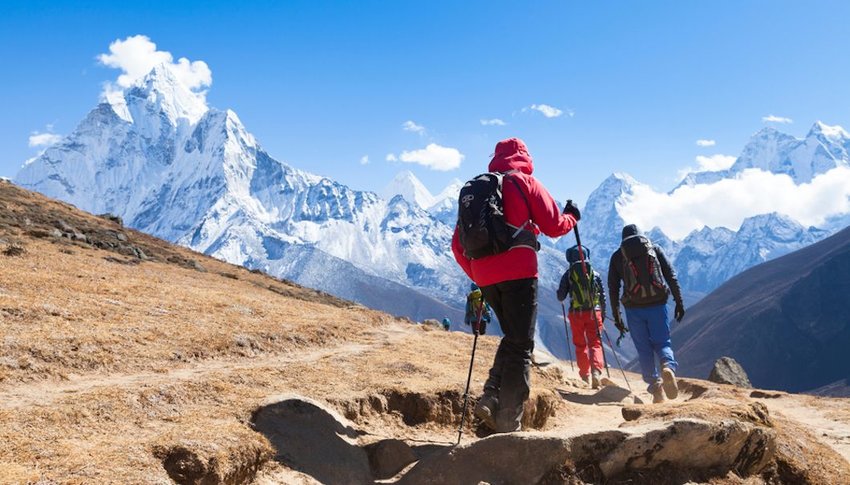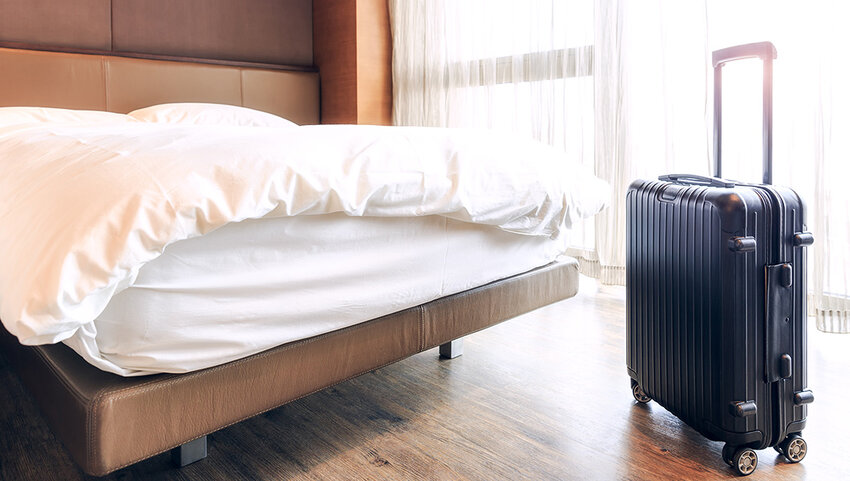It’s not only the intrepid trekkers who climb to Everest base camp and scale Kilimanjaro that suffer from altitude sickness. Neither is it limited to skiers that carve up on high alpine terrain. Visitors to cities like La Paz, Bolivia or even Santa Fe, New Mexico, have been known to experience this ailment. Like jet lag and sunstroke, altitude sickness is an unwelcome ailment that can hinder the enjoyment of your vacation. Fortunately there are some measures that can be taken prior to traveling and during your trip to combat it. If you plan to go high on your holiday, then be sure to know how to deal with altitude sickness.
What Is Altitude Sickness?
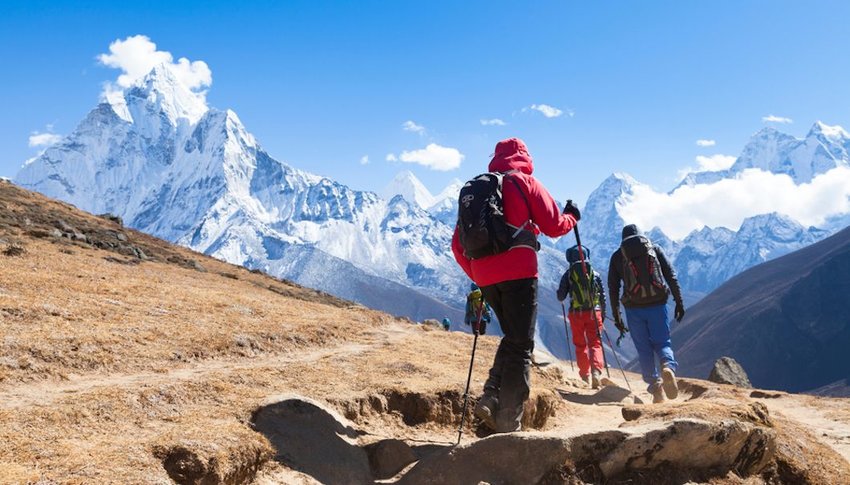
Altitude sickness is our body’s way of reacting to a lack of oxygen at high elevations where the air is thinner. Statistics state that roughly 25% of people will experience it when moving from a sea level location to heights of 9,000 feet — sometimes less. Typically, you’ll notice an increase in breathing and a sensation of being short of breathe, which can make simple tasks like walking up a street a genuine challenge. You might experience one of a several symptoms including stomach pain, headaches, nausea, vomiting, loss of appetite, trouble sleeping, and weariness.
There are three different types of altitude sickness to be aware of. Acute Mountain Sickness (AMS) is the most common form and is associated with the aforementioned symptoms. A full recovery is usual within 24 to 72 hours. High Altitude Cerebral Edema (HACE) is rare, but can be life threatening and leads to a severe increase of fluid in the braid. Dizziness, disorientation, and blurry vision are common and immediate descent is the sole treatment. High Altitude Pulmonary Edema (HAPE) is when excess fluid builds up in the lungs. It’s most frequently associated with people at higher elevations, but is potentially fatal and can affect even well-trained athletes. Anyone that suffers from this should descend and receive oxygen treatment.
Pre-Trip Planning
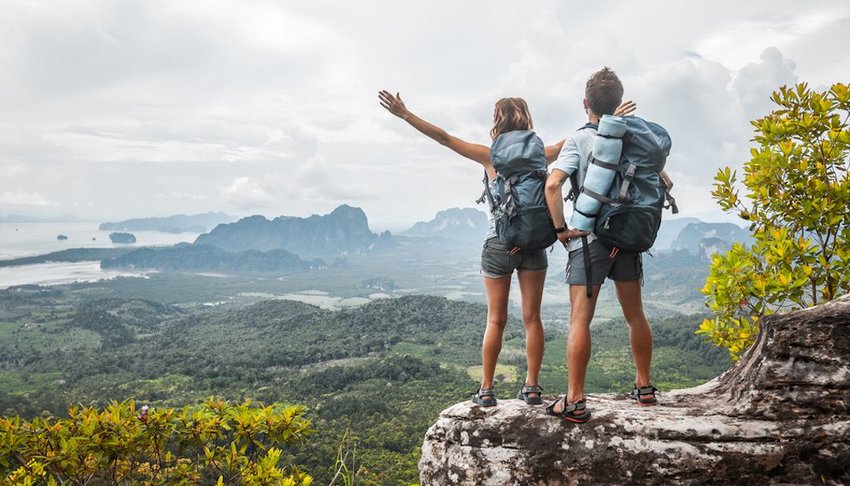
It’s important to stay well hydrated before you depart, so aim for a daily consumption of two to three liters of water. Dehydration reduces the body’s capacity to acclimatize to altitudes. If you're a coffee drinker, then the goods news is that you should keep drinking cups of joe. Symptoms of caffeine withdrawal are similar to those of altitude sickness and any caffeine in your system can ease altitude-associated pain.
You’ll want to be at your peak physical condition when embarking on a cloud-breaking adventure. If you have a cough or cold, quarantine yourself at home until you feel better. Your lungs will already be working overtime, so any lingering infection will make things worse. When the time comes to depart, be sure to pack plenty of snacks. Beef jerky and oat, chocolate, or fruit and nut bars are excellent options since they're light to carry. A scientific study at Stanford University also found that taking ibuprofen can decrease the chances of altitude sickness. Acetazolamide is another medicine believed to help the cause.
Prevention
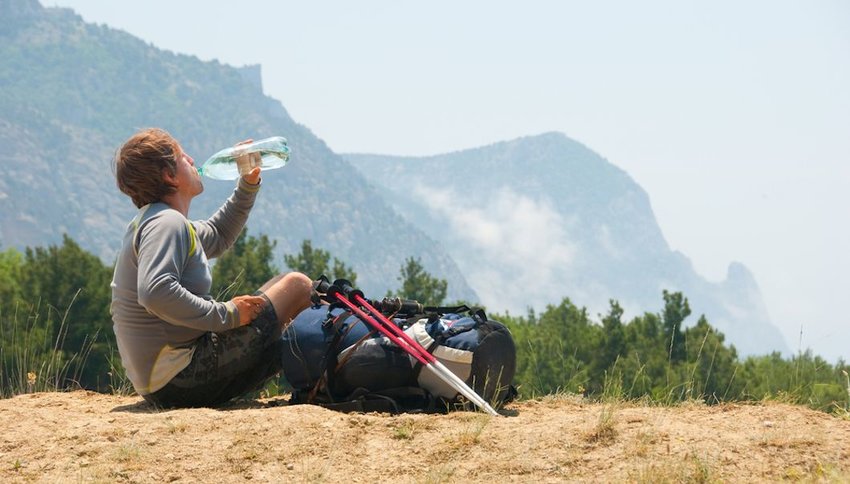
Upon arrival, try to avoid the excitement of rushing around to see things right away. Acclimatization is key to combatting sickness, so take it easy for a couple of days and refrain from overexertion. Stay hydrated and lay off the booze. If you're craving a beer or a glass of wine, then limit yourself to only one glass. Go with the climb high, sleep low philosophy. This means acclimatizing by reaching high altitudes during the day and then spending the night at lower, more oxygenized areas.
If your trip brings you to South America then try the ancient Andean tradition of chewing coco leaves and drinking coco leaf tea. The non-addictive leaves were sacred to the Incas and are considered to be a vital source of energy and nourishment. You’ll find them being offered to trekkers in Bolivia, Colombia, Ecuador, and Peru. Should all this still not be enough, consider investing in home altitude systems. Today it’s possible to install everything from altitude masks to tents and generators in your own home.
Finally, remember that we adapt at different speeds. It’s important to listen to your body and your traveling companions. If one of you isn’t comfortable, then take an extra day or two in order to get to the same level of enjoyment.

